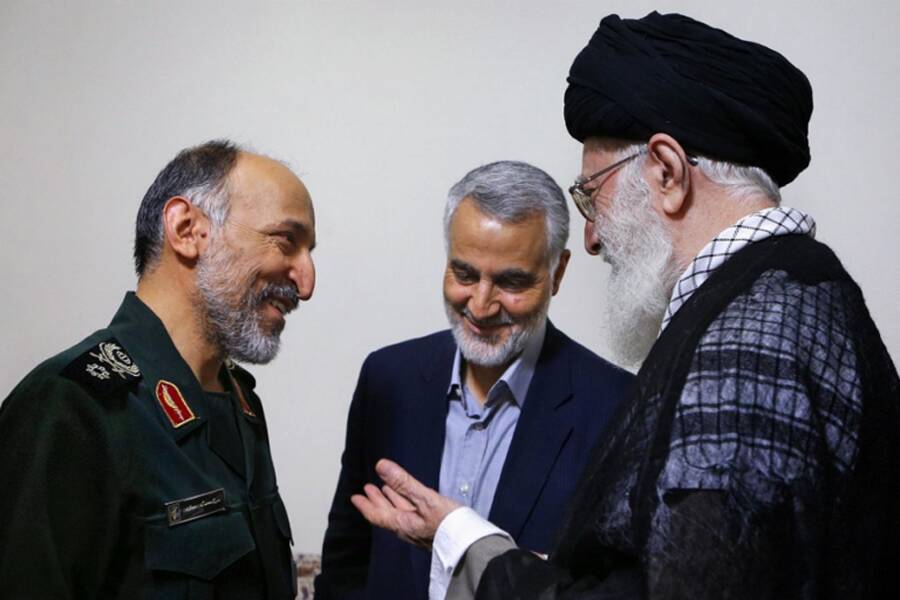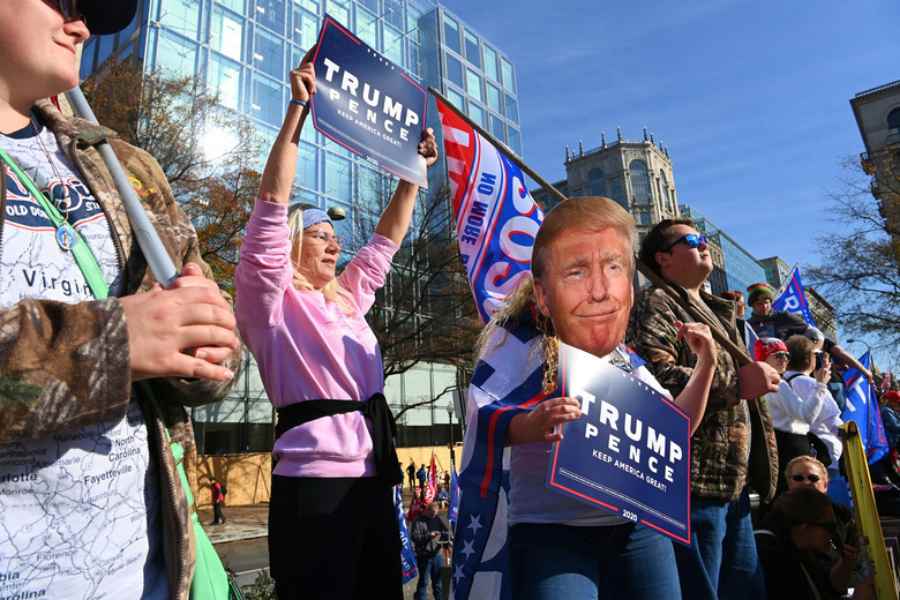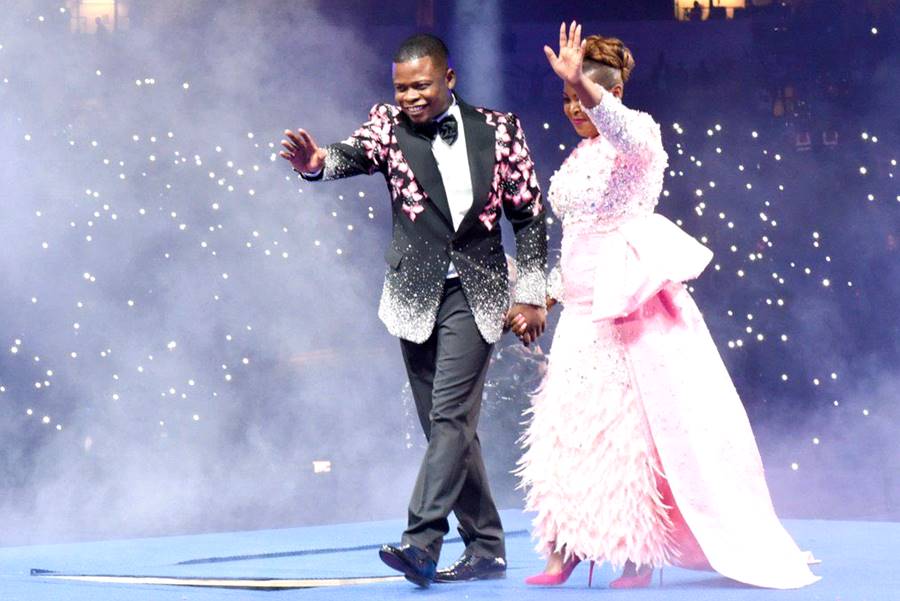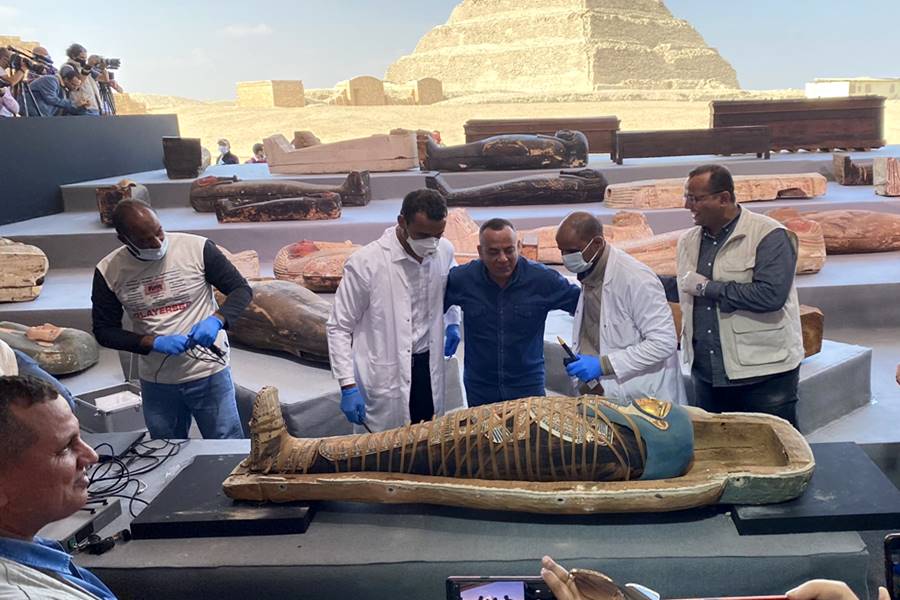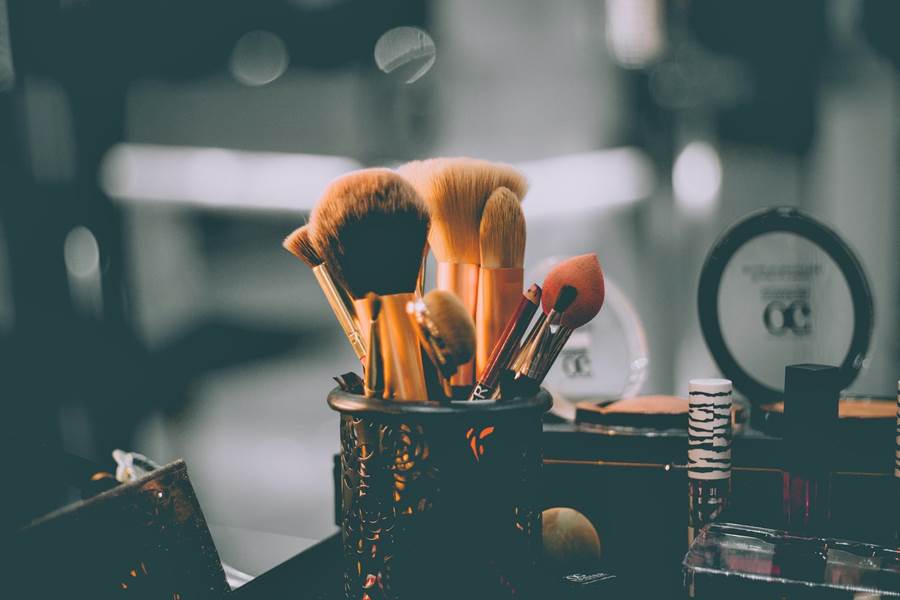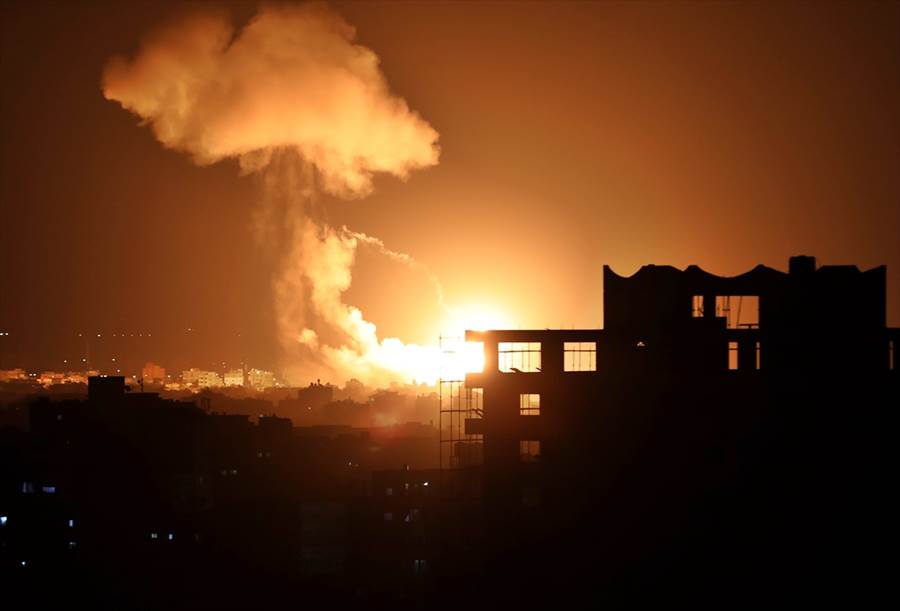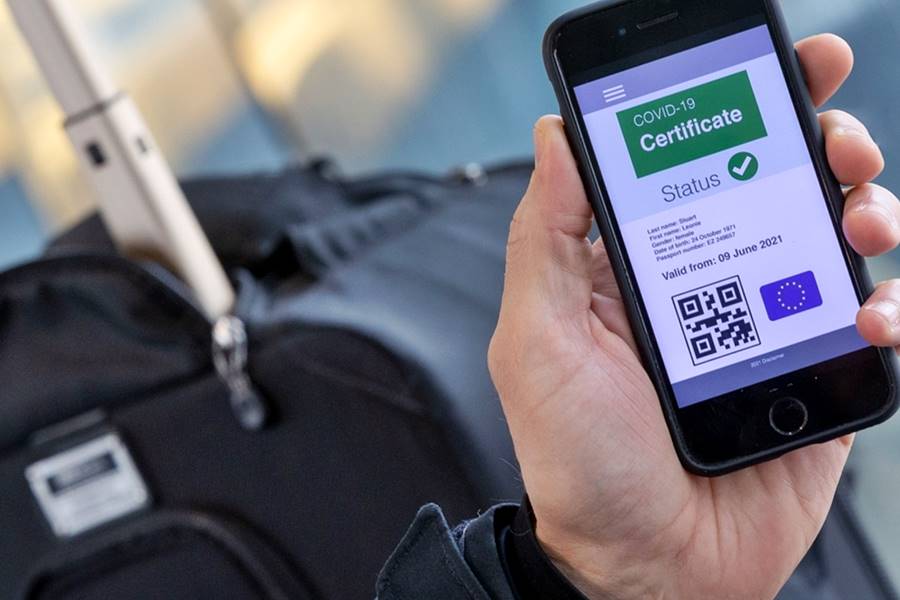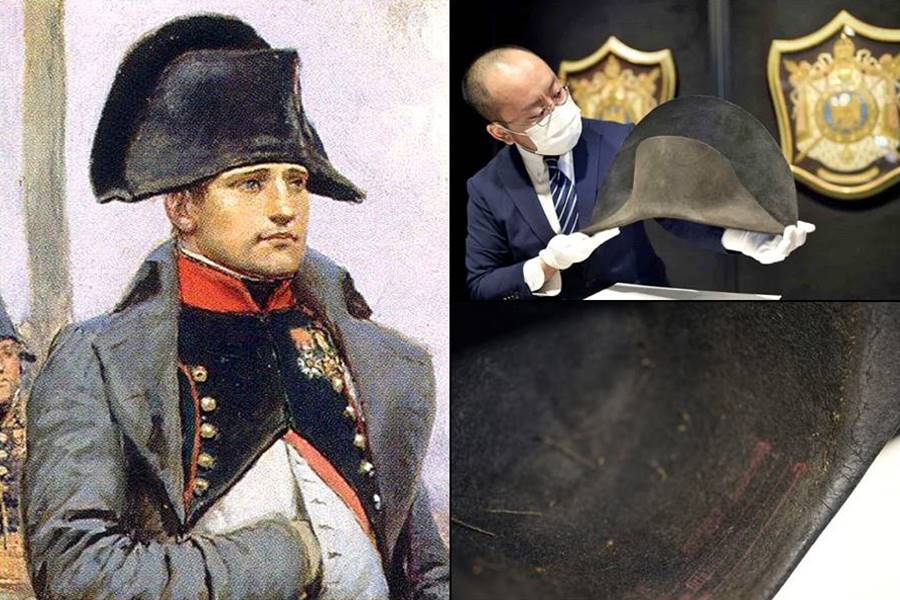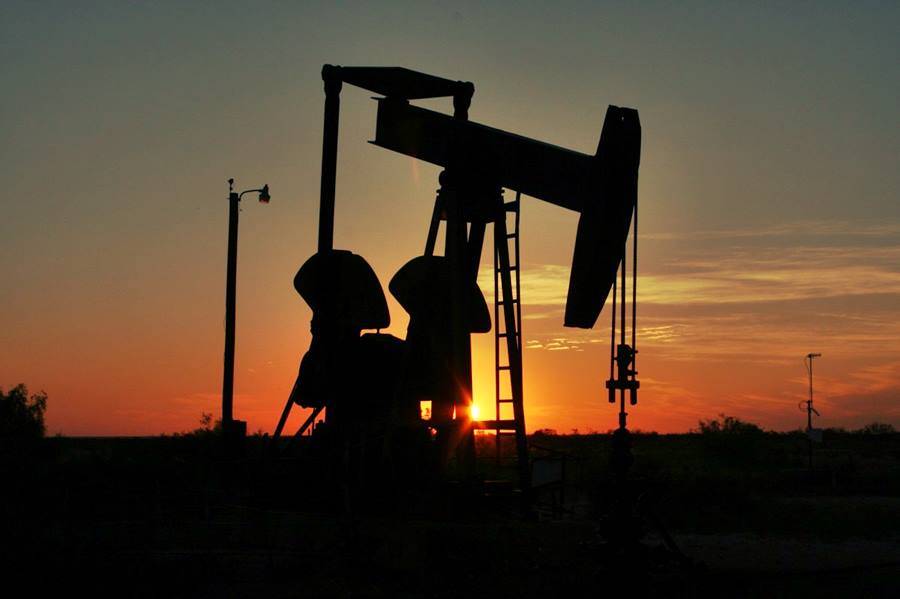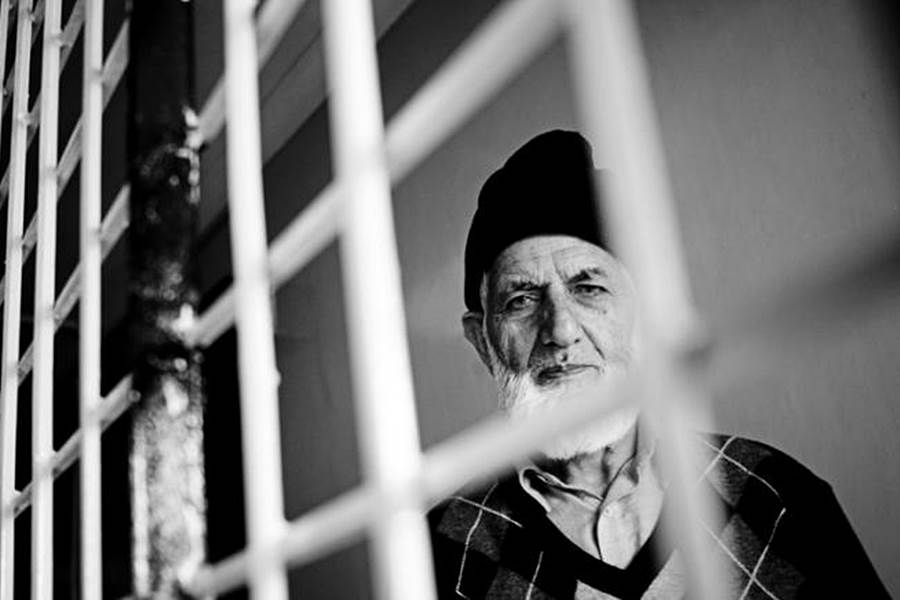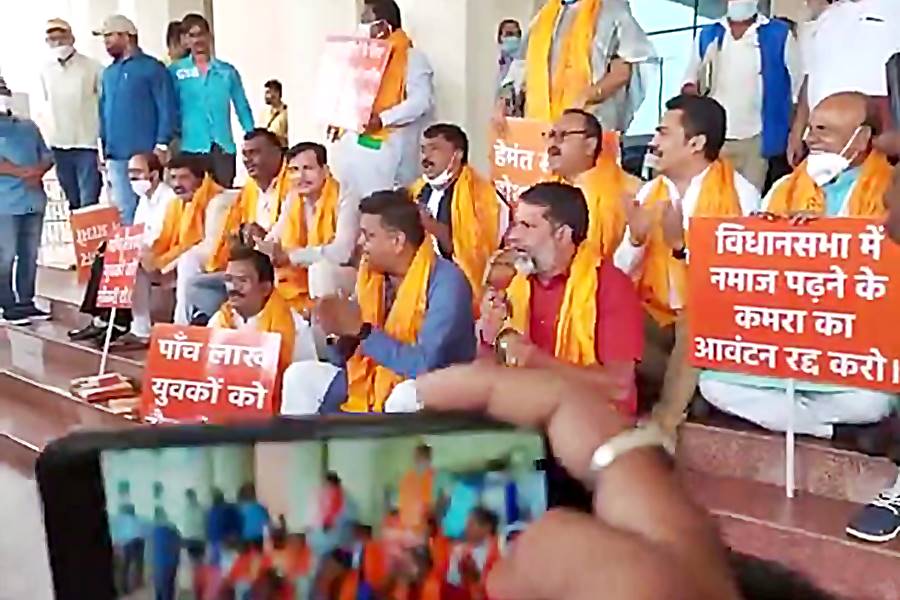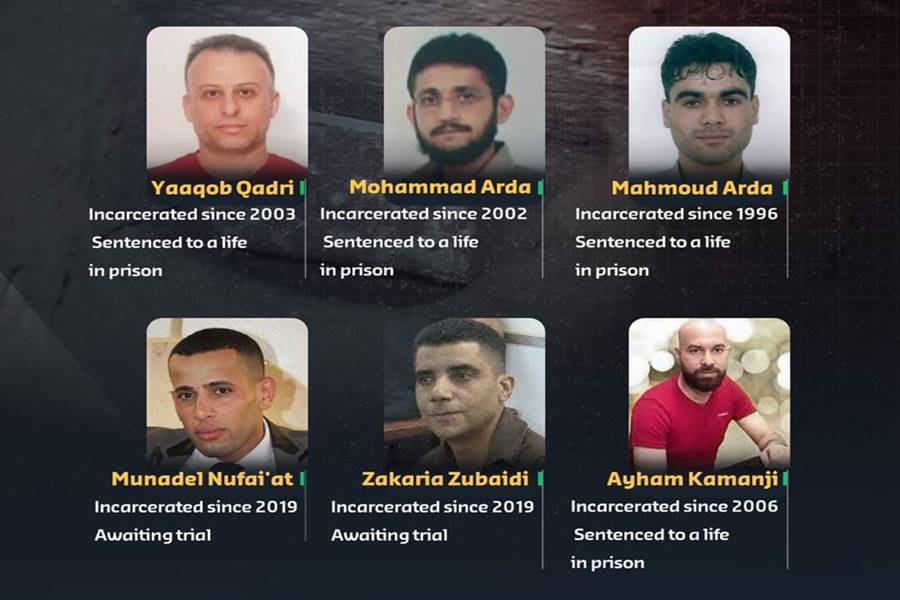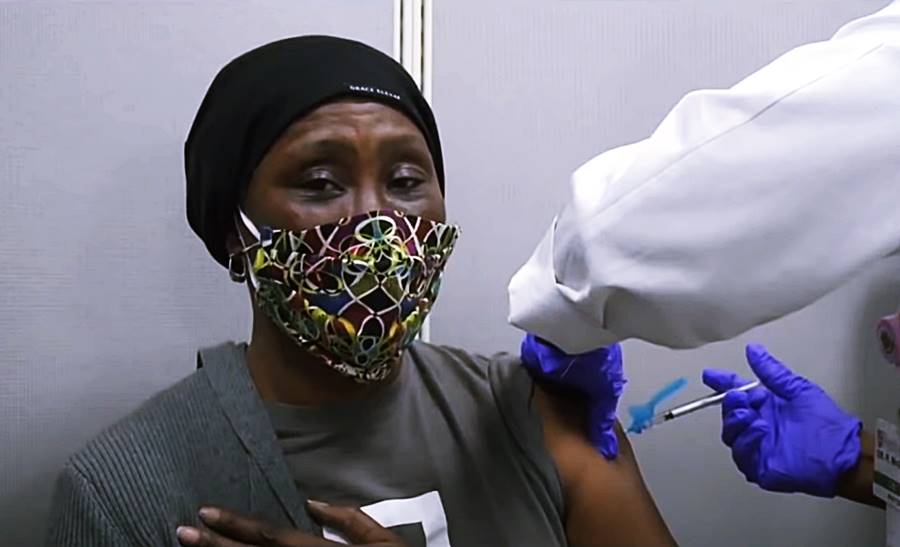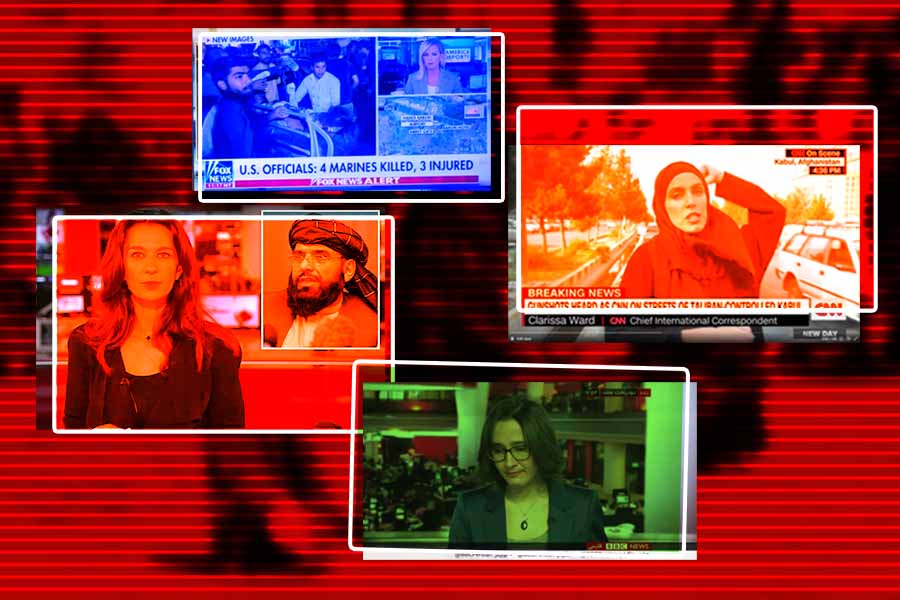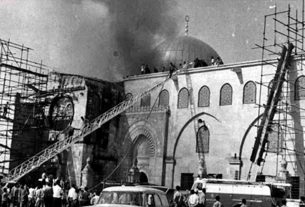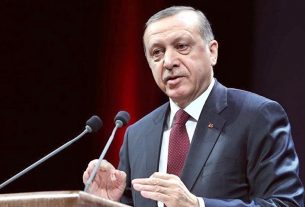Tue 20 April 2021:
A high-ranking general responsible for Iran’s regional military activities and an architect of its repressive internal security apparatus has died.
Iran’s Islamic Revolutionary Guards Corps (IRGC) announced on April 18 that Brigadier General Mohammad Hosseinzadeh Hejazi died of heart disease at the age of 65. The statement provided no further details about his death.
Hejazi served as deputy commander of the IRGC’s Quds Force, an elite unit leading Iran’s operations in Iraq, Syria, and Lebanon.
Hejazi was appointed deputy commander of the Quds Force in January 2020 after leading the IRGC’s activities in Lebanon, where Iran backs its Shi’ite ally Hizballah.
Confusion around the death
Inconsistencies in official statements on Hejazi’s death have raised doubts about the cause of his death.
The IRGC statement on Sunday described Hejazi’s death from heart disease as “martyrdom.”
Speaking to state TV on the same day, IRGC spokesman Ramezan Sharif also referred to Hejazi as a “martyr.”
On Sunday, however, Sharif made no mention of any heart conditions, and said that Hejazi died from health complications caused by his exposure to chemical weapons during the Iran-Iraq war in the 1980s.
He has been labeled a “martyr” for this reason, Sharif said.
Those who die due to injuries sustained during war are considered “martyrs” in Iran.
Contrary to the IRGC and several officials, Supreme Leader Ali Khamenei and Defense Minister Amir Hatami used the word “passing,” rather than “martyrdom,” in their statements. Such inconsistencies have raised doubts on social media about Hejazi’s cause of death.
Shortly after Iranian media reported Hejazi’s death, the son of a prominent Iranian commander killed during the Iran-Iraq war tweeted that Hejazi did not die of heart disease as announced by the IRGC.
Hejazi’s “cause of death was not a heart condition,” Mohammad-Mehdi Hemmat, a supporter of the Islamic Republic said in a tweet which included a photo of himself with Hejazi.
Hemmat’s tweet, which also included the hashtag “martyr,” was widely interpreted as insinuating that Hejazi did not die of natural causes. The tweet has since been deleted.
Born in 1956 in the city of Isfahan, Hejazi joined the IRGC after the 1979 Islamic Revolution and was involved in suppressing a Kurdish uprising and then held various command positions during the Iran-Iraq War.
In one of his most prominent positions, the ultra-hard-liner led IRGC’s paramilitary Basij force from 1998 for almost nine years. During this time, he helped turn the omnipresent domestic security force and its affiliated vigilante organizations into a tool to crack down on dissent and reformist politicians.
Photo: (L-R) Mohammad Hejazi, Qassem Soleimani, and Ali Khamenei in an undated photo. (Source: Khamenei.ir)

FOLLOW INDEPENDENT PRESS:
TWITTER (CLICK HERE)
https://twitter.com/IpIndependent
FACEBOOK (CLICK HERE)
https://web.facebook.com/ipindependent
Think your friends would be interested? Share this story!


